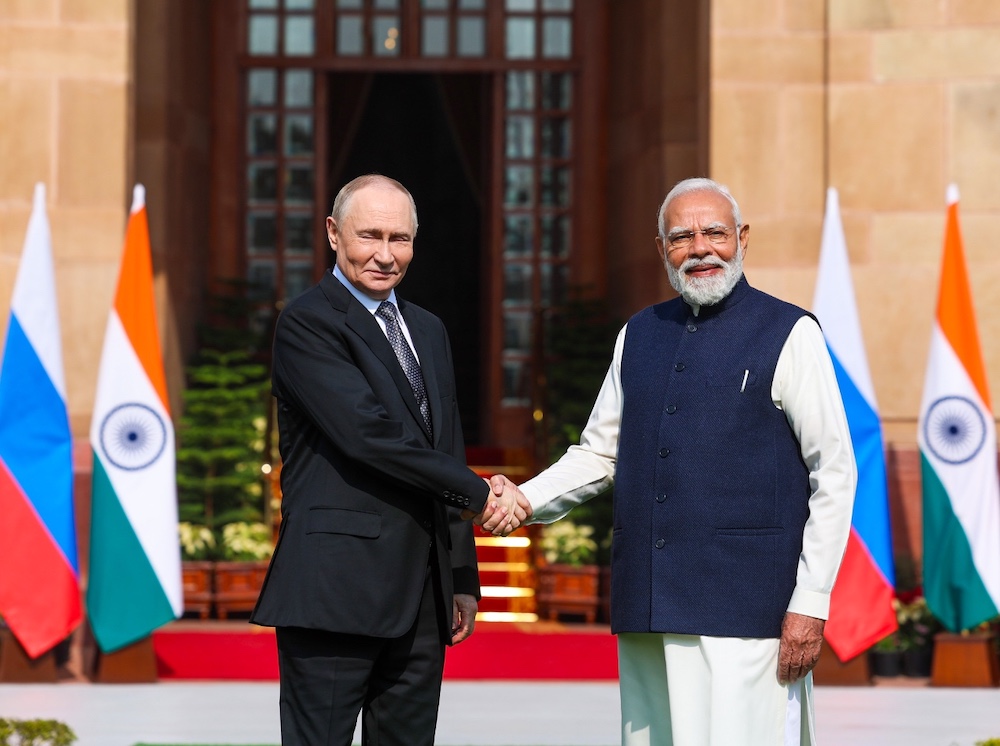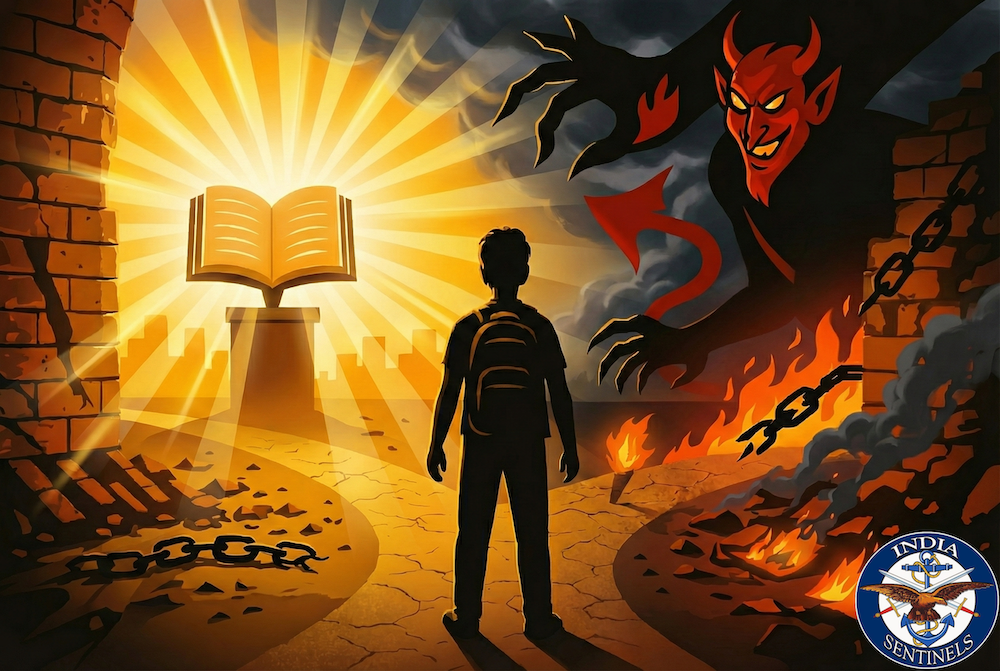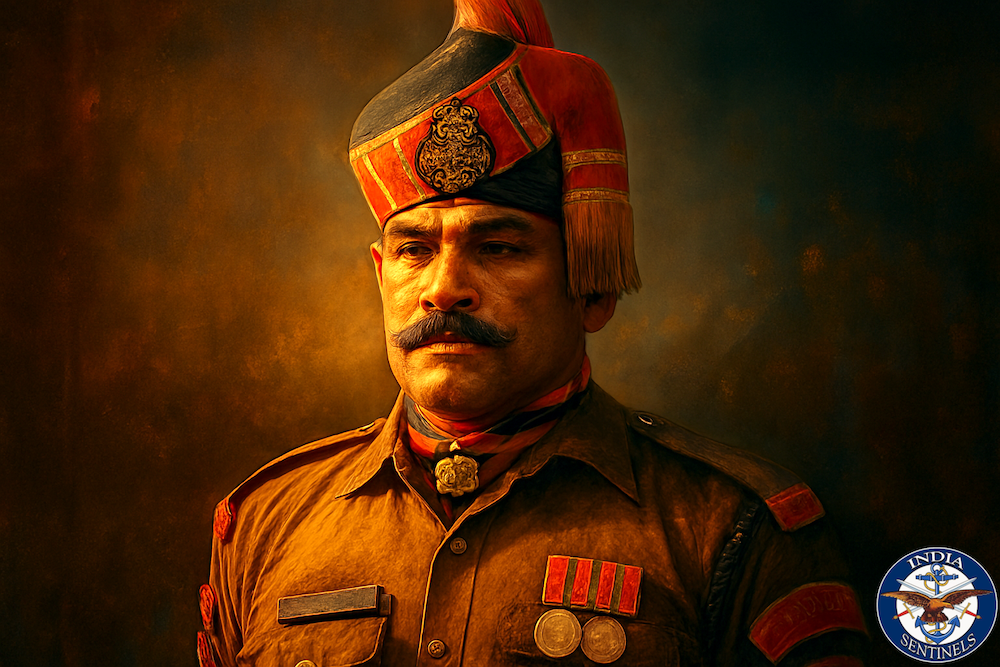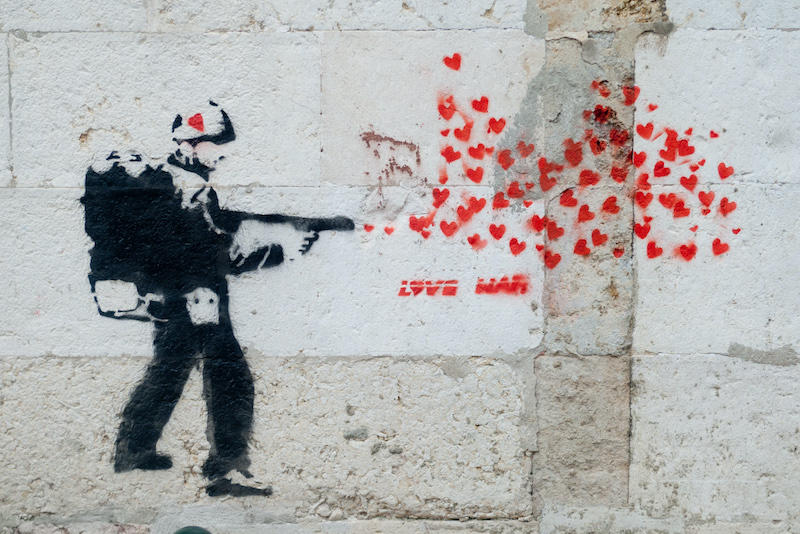 Representative photo from Creative Commons.
Representative photo from Creative Commons.
“... somewhere, my love”
War is about death. Death of the human body and humanity per se. Erik Maria Remarque in his epoch-making “All Quiet on the Western Front” got his lead character to say: “While they taught that duty to one’s country is the greatest thing, we already knew that death-throes are stronger.”
However. the human fascination with war, and death, never seems to wither. While war has brought out the worst in people, it also does bring out the most noble of instincts. Soldiers kill wantonly and sometimes they sacrifice themselves for strangers!
But love? Not the love for country or ideology, but good ol’ romantic love? It would appear that war is the last place to look for love – or does it?
In reality, and in fiction, the most powerful love sagas have flourished with the whiff of gunpowder, with death waiting at the next corner.
Larissa Antipova, or simply Lara, is a key protagonist from the Nobel-winning masterpiece “Doctor Zhivago” by Boris Pasternak. The author was himself a Russian dissident, a reputed writer and poet. David Lean made a film out of it, which won five Oscars!
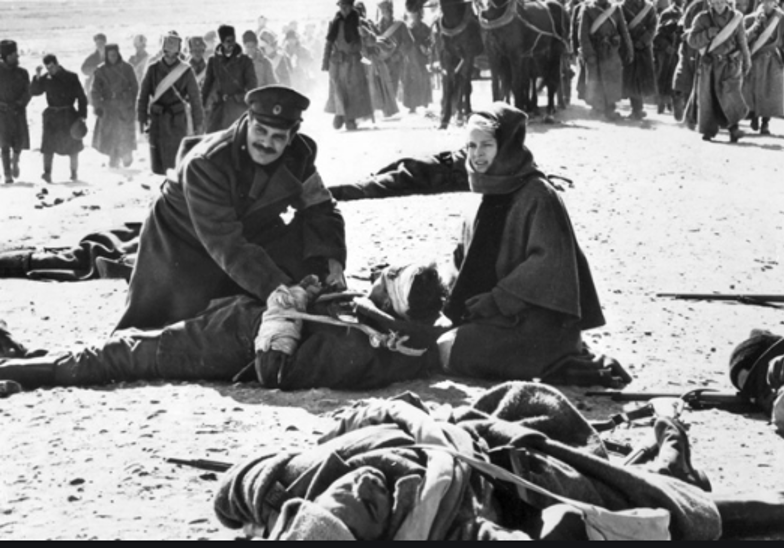 A scene from “Doctor Zivago” (1965).
A scene from “Doctor Zivago” (1965).
With the World War I and the Russian Revolution as the backdrop, Lara and Yuri, both previously married, came together while working in a military hospital. They fought against the feelings which developed and engulfed them both. They parted, then met again and again while Russia was on fire – with fate trying to tear them away from each other all the time.
Maurice Jarre composed the immortal “Lara’s Theme”. Which have haunted lovers for the last 50 years!
The lyrics go like this:
Somewhere, my love, there will be songs to sing,
Although the snow covers the hope of spring;
Somewhere a hill, rustles in green and gold,
And there are dreams all that your heart can hold;
Someday, we will again, my love,
Someday, whenever the spring breaks through;
You will come to me, out of that long ago,
Warm as the wind, soft as the kiss of snow;
Till then, my sweet, think of me now and then,
Godspeed, my love, till you are my again.
But then it was war after all. The First World War, followed by the Bolshevik Revolution and then the long darkness of the civil war, stretching over two continents. So love had to part, love had to face death …
Pasternak/Lean made their love live through all that! For those who want to watch the movie, I don't want to spoil it by going into details here.
The same backdrop i.e., World War I and the Russian Civil War, gave us another immortal love story, but this one in real life – Anna Timiryova.
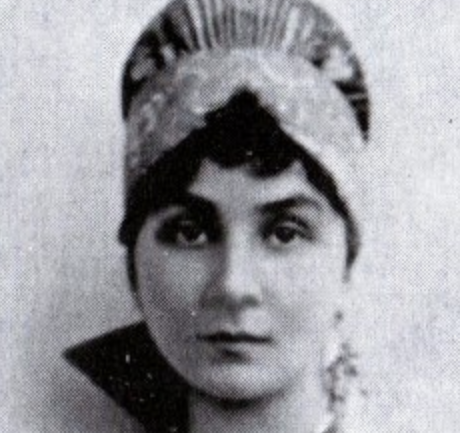 Anna Timiryova.
Anna Timiryova.
Married to a Russian Admiral Kolchak, her husband’s superior in the-then Russian navy, they were caught up in the greatest of all professional and personal challenges. The admiral had been nominated as the leader of the “White Russian”, anti-Bolshevik forces after the Russian Revolution. He was a famous naval hero and an Arctic explorer. A dashing and powerful figure. But he was in a tough situation, commanding land forces for which he was not trained! He was even less trained for politics and its intrigues.
While Kolchak’s forces won impressive victories against Lenin’s and Trotsky’s Red Army, he lost out miserably in the political game. His potential allies got alienated and many betrayed him. One person however stood rock steady at his side. Anna had met Kolchak at the latter’s workplace, through her husband's professional involvement.
She soon fell madly and intensely in love with him and declared in openly, divorcing her husband. When disaster struck and Kolchak was betrayed to his enemies, she saw him one night, one last time, then he was gone, taken away as a prisoner. When the death sentence was passed on Kolchak, Anna requested to be shot along with her lover since she couldn’t envision a life without him. But that was not to be. He was shot on the chilly winter morning of February, 1920, and Anna was alone. She was briefly jailed and then released.
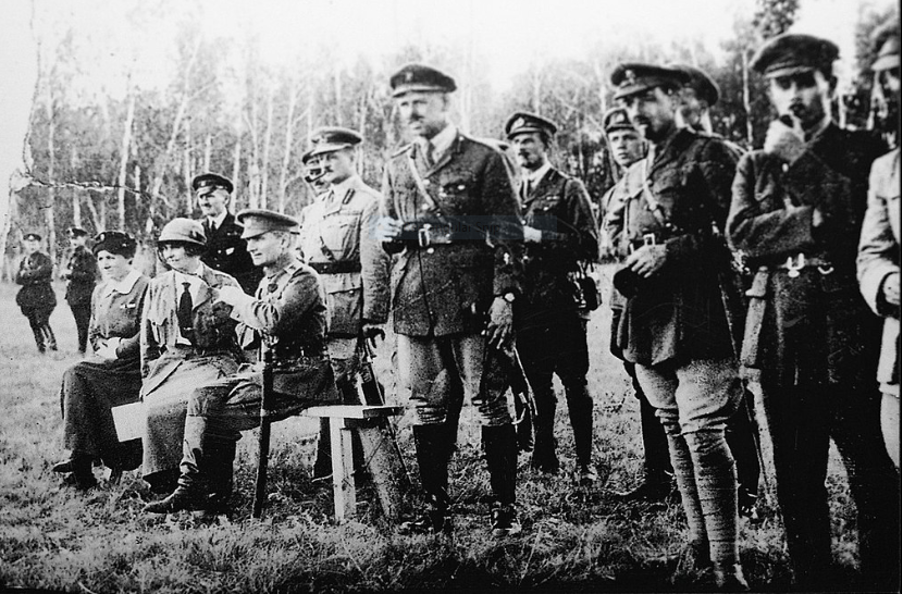 The admiral and his lady, seated next to each other.
The admiral and his lady, seated next to each other.
Over the next decades she was imprisoned repeatedly, for no apparent reason, even in her advancing years. In 1970 she wrote a poem in Kolchak’s memory based on which a song was later composed, titled “Anna” (2008) for the biopic of the admiral. Anna Timiryova passed away, finally, in 1975. How many of us has seen a lover like her?
The lyrics go like this:
Half a century cannot accept, can’t be helped,
And you left me again, on that fateful night,
And I'm condemned to go, until the deadline,
And confused way, the beaten roads.
But if I’m still alive, in spite of fate,
It is only for your love, and the memory of you.
The Spanish Civil War too threw up its own romantic interludes. The inimitable Ernest Hemingway gave us the immortal “For Whom the Bell Tolls”. He was actually present in Spain during the civil war as a journalist, accredited to the American Newspaper Alliance. His relationship with the other famous American war correspondent, Martha Gellhorn, reportedly inspired the romantic part of the novel. They later married in 1940, after Gellhorn returned from covering the Finnish Winter War with USSR and broke up in 1945, after the war ended. Their’s was a “war romance”!
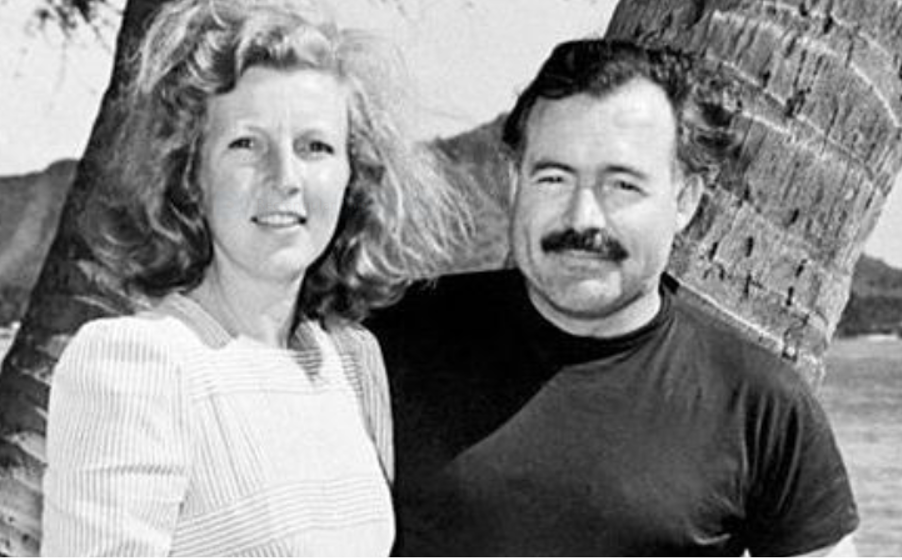 Ernest Hemmingway and Martha Gellhorn during their happy days.
Ernest Hemmingway and Martha Gellhorn during their happy days.
In 1941, the Pulitzer prize committee, unanimously recommended “For Whom the Bell Tolls” for the prize. The board agreed. However, Nicholas Murray Butler, ex officio head of the Pulitzer board, vetoed it.
The novel’s 1943 film adaptation was directed by Sam Wood, with Gary Cooper and Ingrid Bergman in the lead roles.
Hemingway’s passionate involvements with the Spanish left, the Republican cause (and Gellhorn) produced a touching romantic tragedy, against the backdrop of the larger tragedy of the civil war. The main protagonist, Robert Jordan, an American domiciled in Spain, meets Maria, a victim of the Fascist horrors of the early days of the war.
Their relationship runs parallel to Jordan’s dangerous mission of sabotage behind enemy lines. Through a tortuous twist of events, Jordan succeeds in his mission but is grievously injured in the process. He chooses to stay back and man a machine gun, to cover the escape of his comrades, including Maria. The finale involves a touching lovers’ farewell, when Jordan implores Maria to leave without him. His words were: “Remember last night? If you go, we go.”
Last, but the most powerful, is the real life, tragic love story of Eva Braun. Eva, a lively Bavarian lady, had an interest towards all the good things in life. She admired beauty and aesthetics. She took up photography and served as an assistant in the famous photography studio of Heinrich Hoffmann. A rather tame workplace you would say? But hold on, Hofmann was the favourite photographer of Adolf Hitler!
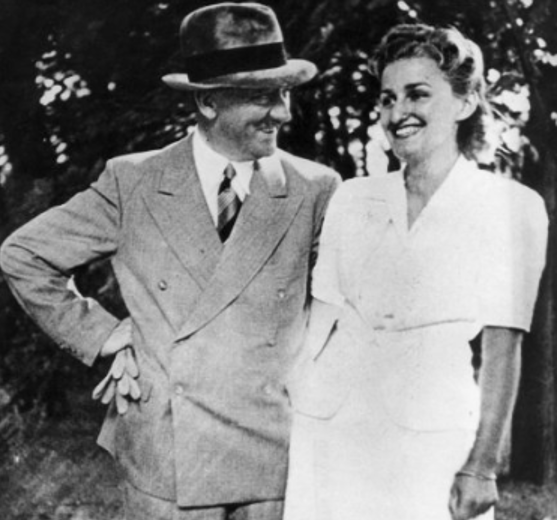 Adolf Hitler and Eva Braun.
Adolf Hitler and Eva Braun.
In 1932, Eva met Hitler for the first time at the studio while working. The rest is history – curious, tantalising and amazing history. They had a relationship which was tempestuous and passionate, but frustrating while it lasted, and doomed at the end.
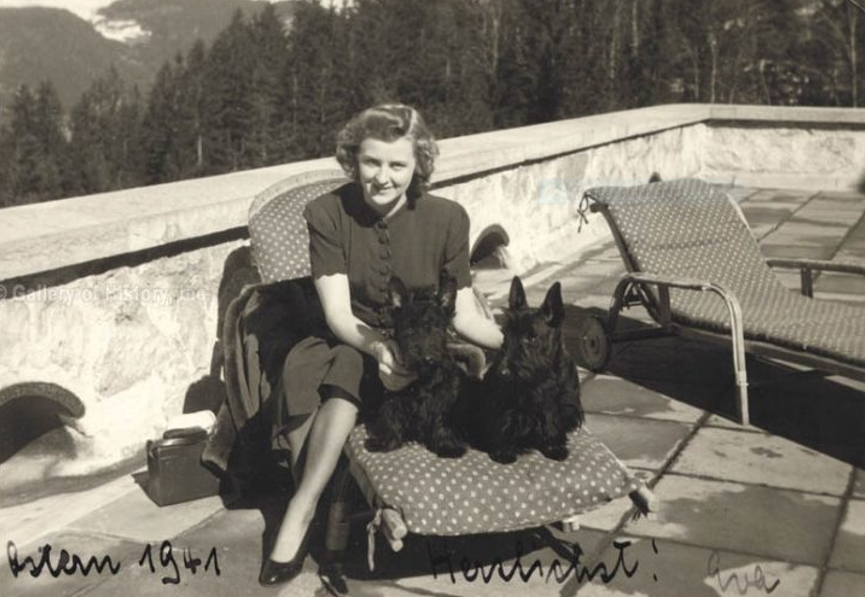 A 1941 signed photograph of Eva Braun, when her lover was at the pinnacle of his power.
A 1941 signed photograph of Eva Braun, when her lover was at the pinnacle of his power.
Hitler couldn’t give her time and she chaffed and wept. She attempted suicide and longed for the day when the “FeldHerr” would finally do justice to their relationship. When Hitler could get away from work, they made up for lost time in his Munich apartment or at his country get away, the Berghof, Berchtesgaden, in the picturesque Obersalzberg mountains. He gave her a lot of latitude in pursuing her hobbies and interests, alone or in the company of like-minded friends. She danced, she skied, she indulged in fashion and they both stayed committed and faithful till the end.
Eva was colour while Hitler was all drab!
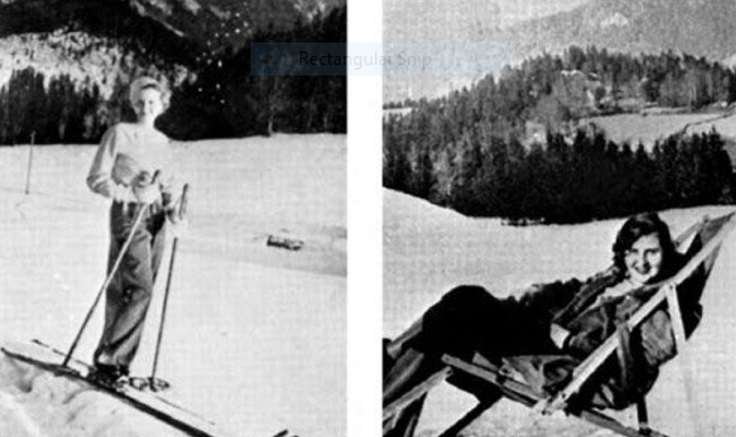 Eva Braun.
Eva Braun.
Finally, when Armageddon visited Hitler’s Germany in the spring and summer of 1945, Hitler decided to make his last stand in Berlin, as the avenging Russians closed in. He tried to send her away from Berlin to the safer Bavaria. But she would have none of it. On April 22, 1945, Hitler finally realized it was all over and threw a famous tantrum at his generals, conceding that all was lost and everyone had betrayed him. That's when Eva publicly went to him and declared that she wasn't going anywhere and will share his fate, in his last stand.
Overwhelmed with emotion, Hitler did something at that moment which was totally uncharacteristic for him. He was not given to PDA (public display of affection) and had the social graces of a conservative Bavarian/Austrian gentleman. But at that moment he took Eva in his arms and kissed her passionately, for the first time in public, in a decadeold relationship. In the early hours of April 29, 1945, they married in Hitler's underground bunker as a firestorm of Russian artillery fire devoured the area.
In the afternoon of April 30, as the Russians were 300 metres away from the bunker, Eva committed suicide with her husband of one day and lover for an eternity. He bit into a cyanide capsule and squeezed the trigger of his pistol aimed at his right temple simultaneously. Eva, for ever the charming princess, didn’t use the pistol, just the cyanide. “I want to be a beautiful corpse,” she had confided to the other women in the bunker.
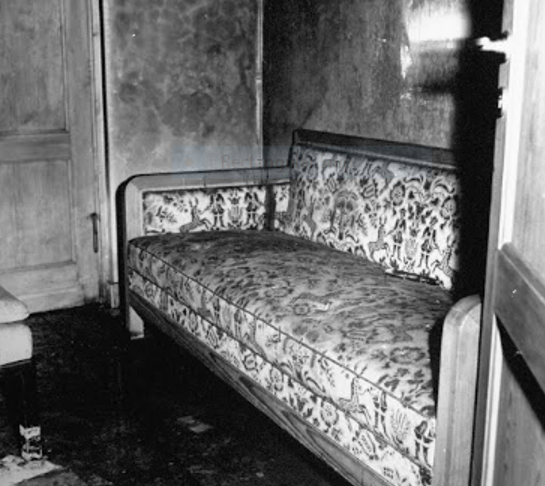 The couple’s last resting place, the sofa on which they committed suicide. Hitler was on the left. You can see the blood on the sofa, dripping from his head wound, as he shot himself.
The couple’s last resting place, the sofa on which they committed suicide. Hitler was on the left. You can see the blood on the sofa, dripping from his head wound, as he shot himself.
Wars are bad. They will happen. With guns and bombs. Or with rods and stones! Love too will happen, in war and peace. But there is another dimension to love at the time of war. A tragedy for those who live through it and viewing pleasure for posterity!


